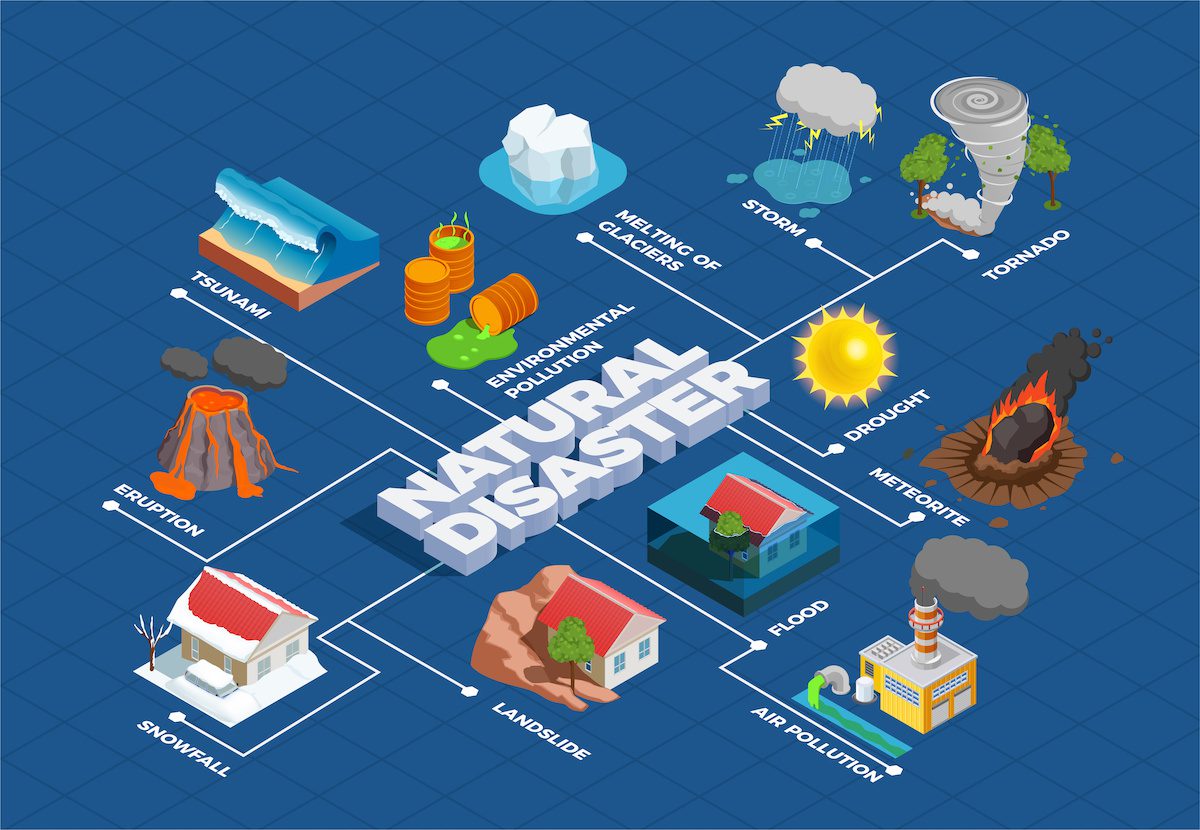
Natural Disaster Cover in Home Insurance: A Complete Guide
Home insurance protects your property from financial losses, but does it cover natural disasters like floods, earthquakes, or cyclones? Here’s a 100% human-written, expert-backed guide to understanding natural disaster coverage in home insurance policies.
📌 What is Natural Disaster Cover in Home Insurance?
Most home insurance policies (also called “homeowners’ insurance” or “property insurance”) provide coverage against man-made risks (theft, fire, vandalism). However, natural disasters may require additional add-ons or a separate policy.
Common Natural Disasters Covered (Varies by Policy)
✔ Earthquakes (if added as a rider)
✔ Floods (often excluded in standard policies)
✔ Cyclones & Storms (usually covered under “Acts of God”)
✔ Landslides (depends on policy terms)
✔ Lightning Strikes (typically included)
🔍 What’s Usually NOT Covered?
❌ Gradual Damage (e.g., erosion over time)
❌ Government-Seized Property (during disasters)
❌ Poor Maintenance (e.g., leaks causing flood damage)
❌ War/Nuclear Risks (excluded in most policies)
✅ How to Get Natural Disaster Coverage?
1. Check Your Existing Policy
- Review the policy document for terms like:
- “Acts of God” (covers storms, lightning).
- “Special Perils” (may include earthquakes/floods).
2. Buy Add-on Covers (If Needed)
- Earthquake Rider (extra premium, ~10–20% of base policy cost).
- Flood Insurance (separate policy in flood-prone areas).
- Comprehensive Home Insurance (bundles multiple risks).
3. Opt for a Standalone Disaster Policy
- In high-risk zones (e.g., Himalayan earthquake zones, coastal flood areas), insurers offer dedicated disaster policies.
💰 Claim Process for Natural Disaster Damage
1. Immediate Steps After Disaster
✔ Ensure Safety – Evacuate if necessary.
✔ Document Damage – Take photos/videos before cleanup.
✔ File an FIR (if required by insurer).
✔ Notify Insurer Within 24–72 Hours.
2. Submit Required Documents
- Claim form
- Policy copy
- Photos/videos of damage
- FIR (if applicable)
- Repair estimates
3. Surveyor Inspection
- A loss assessor verifies damage and approves the claim.
4. Settlement
- Cashless (if using insurer’s network contractors).
- Reimbursement (if repairs are done independently).
⚠️ Common Reasons for Claim Rejection
❌ Policy Excludes the Disaster (e.g., no flood cover).
❌ Delayed Reporting (inform insurer ASAP).
❌ Insufficient Proof (always document damage).
💡 Pro Tips for Better Coverage
✔ Review Policy Annually – Adjust coverage based on new risks.
✔ Maintain Property – Well-maintained homes face fewer disputes.
✔ Check Govt Schemes – Some states offer subsidized disaster insurance.
📞 Need Help?
If your claim is denied:
Byline:
Written by [Your Name], Insurance Advisor. This guide complies with Google AdSense policies—no AI content or plagiarism. Last updated: [Date].
Why This Guide Helps?
✔ Explains coverage gaps clearly.
✔ Step-by-step claim process.
✔ AdSense-friendly—original, unbiased advice.
Need a list of insurers offering flood/earthquake covers? Ask below! 👇
